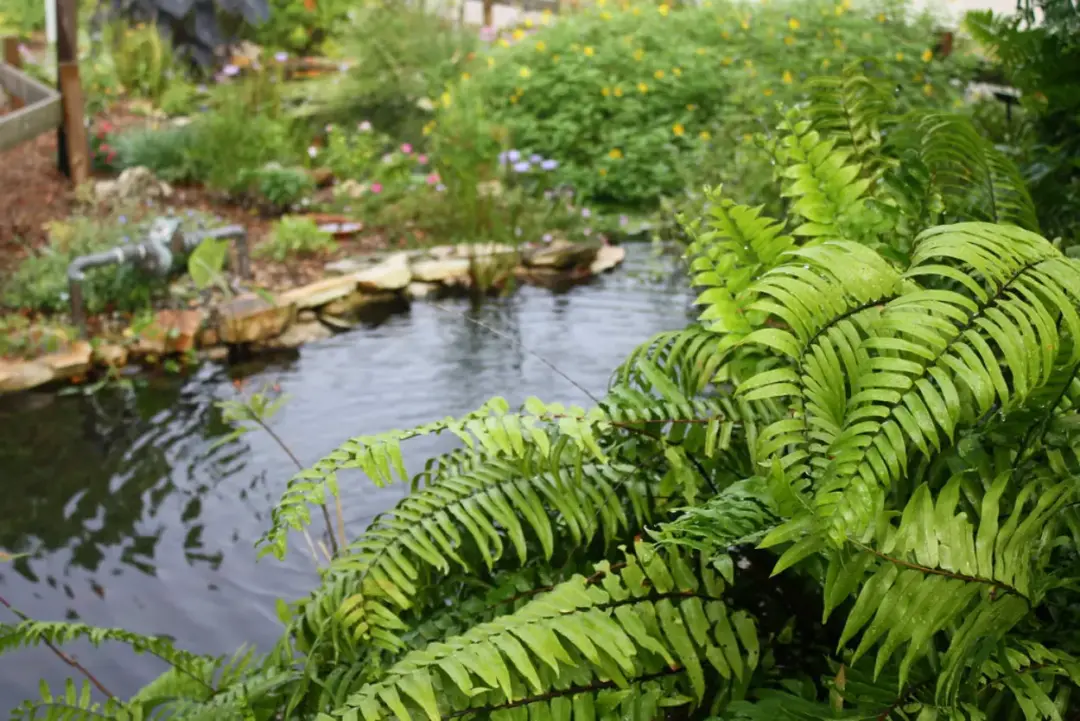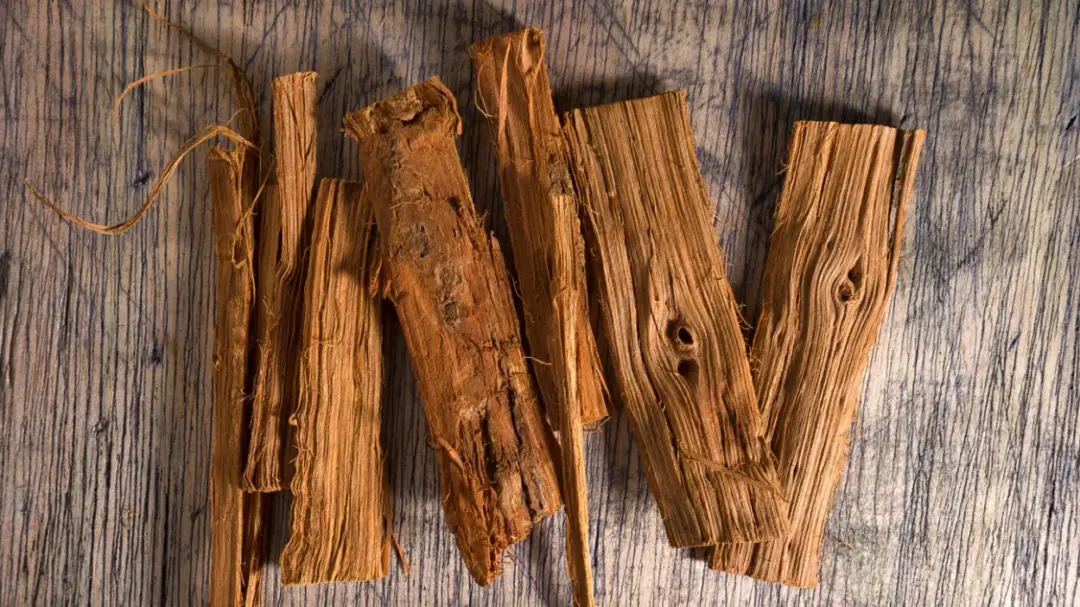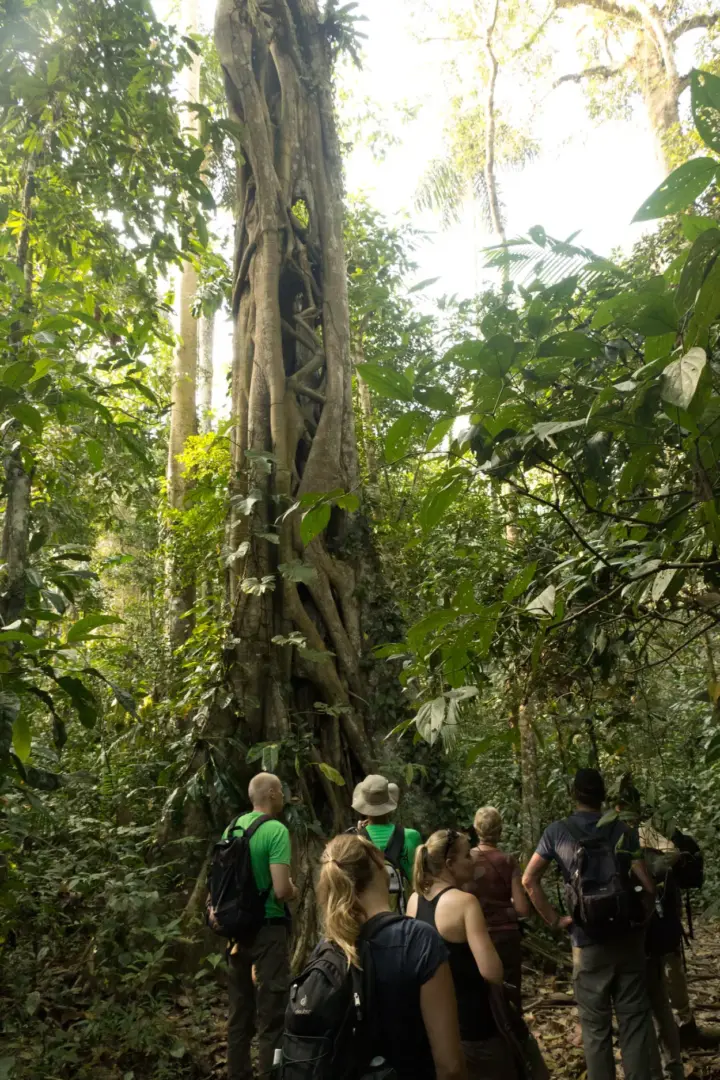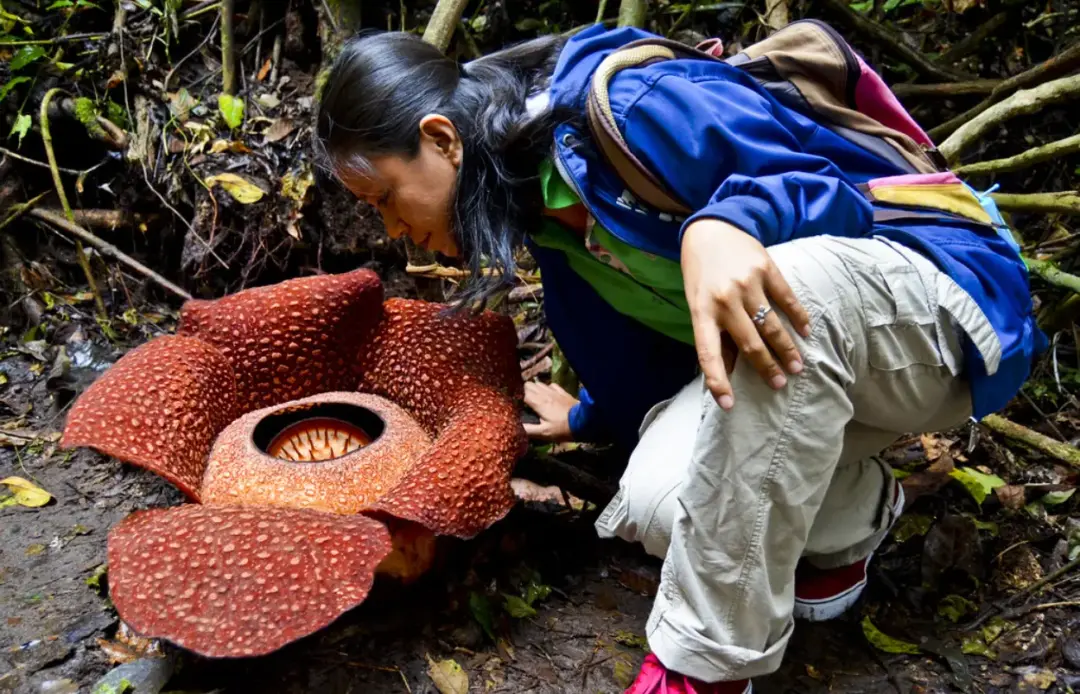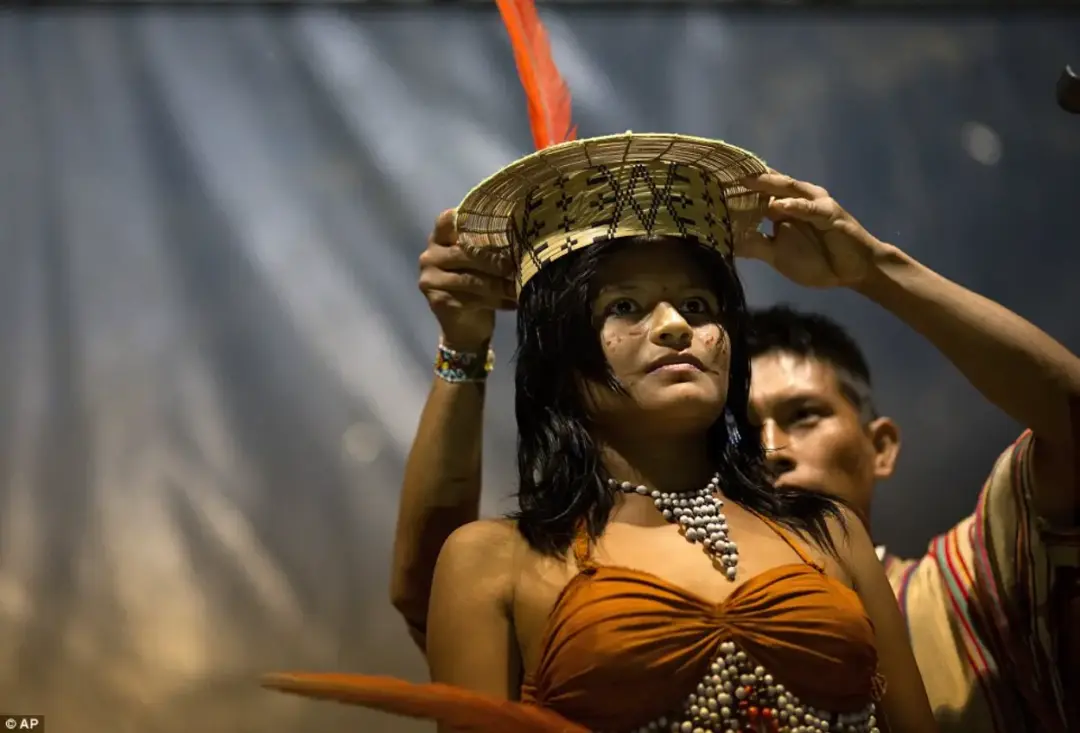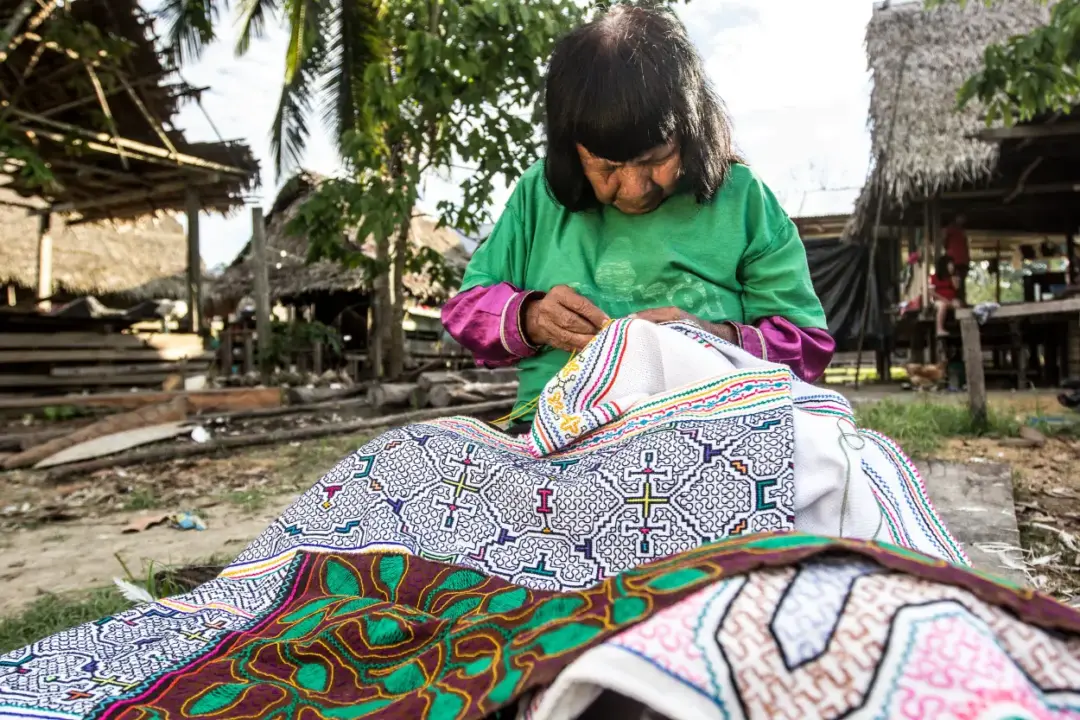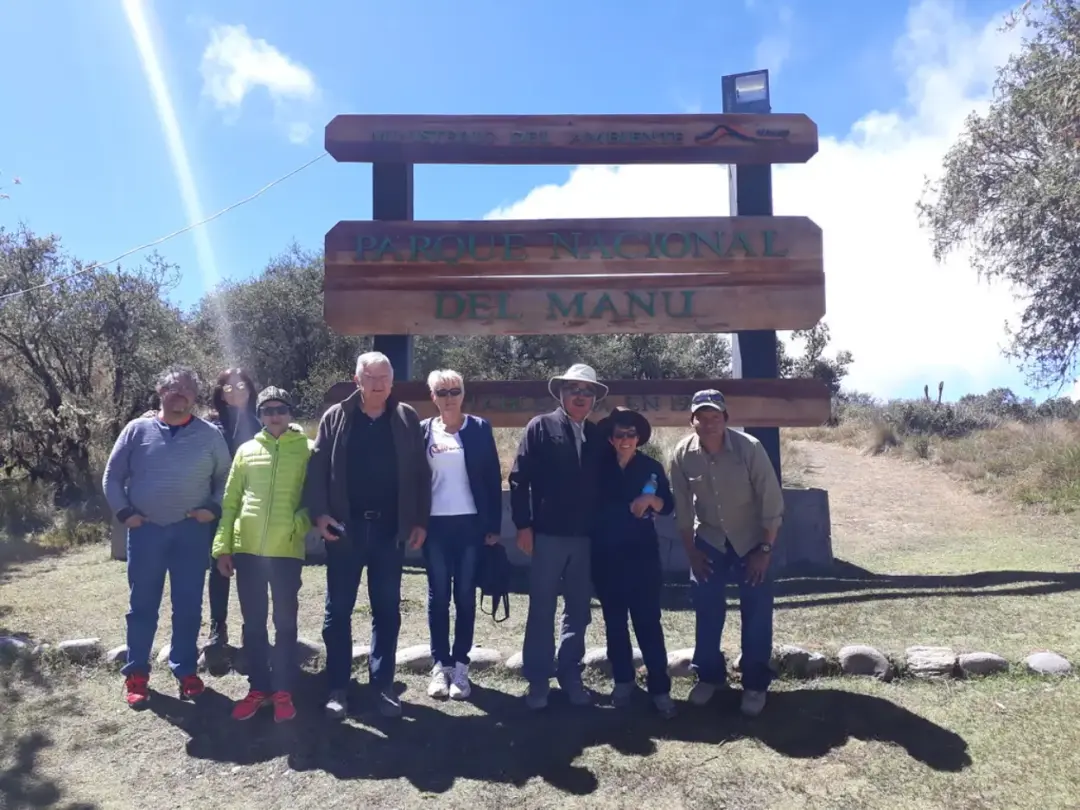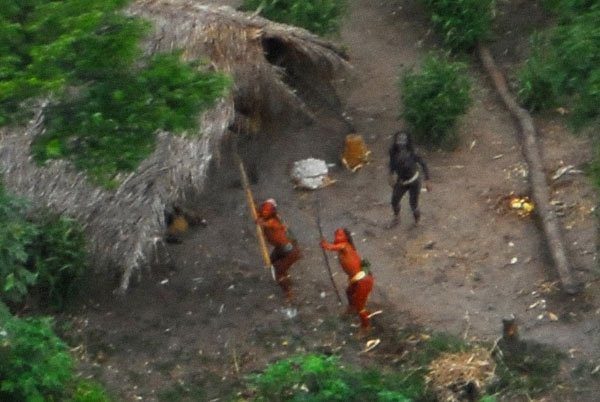Medicinal plants of the Peru Amazon: Deep in the heart of the Tambopata region lies an astonishing realm of plants, many of which possess unique healing properties. From the towering trees of the rainforest to the smallest herbs beneath the canopy, these plants are more than just flora; they are intertwined with the lives, cultures, and beliefs of the indigenous peoples who have called this land home for generations.
The Rich Tapestry of Amazonian Ethnobotany
The concept of ethnobotany shines a spotlight on how various cultures utilize plants for healing, sustenance, and spiritual practices. It brings together ecology, anthropology, and archaeology to understand the relationship between humans and the botanical world. In the Tambopata region, where the biodiversity is among the richest on Earth, the ethnobotanical practices range from traditional healing to cultural celebrations.

This intersection of culture and nature is not merely academic; it is deeply spiritual and community-oriented. By respecting the flora around them, communities express a profound understanding of their environment, echoing a belief system where plants are considered relatives rather than mere resources. Such perspectives pave the way for sustainable practices that benefit both the ecology of the Amazon and the people who inhabit it.
Who Are the Keepers of Ethnobotanical Knowledge?
At the forefront of preserving this vast knowledge are the indigenous groups such as the Ese’Eja, Machiguenga, and others, all of whom maintain a rich repertoire of plant usage that has been passed down through generations. The role of traditional healers, known as “curanderos,” is pivotal within these communities. These healers not only possess an extensive understanding of medicinal plants and their applications but also engage in cultural rituals that reinforce community ties and promote collective identity.
Curanderos are often viewed as spiritual guides, navigating the intricate relationship between the physical and spiritual worlds. Their knowledge extends beyond just the practical uses of plants; it encompasses an understanding of the spiritual well-being of individuals. This holistic approach recognizes that emotional and spiritual health plays just as significant a role in healing as physical ailments do.
Unique Medicinal Plants of the Tambopata Region
In the realm of medicinal plants, the Peru Amazon has some fascinating representatives. Among them, Ayahuasca (Banisteriopsis caapi) holds particular prominence. This plant is admired not merely for its psychoactive properties but for its ability to facilitate healing through guided spiritual journeys. Used in many rituals, Ayahuasca is often combined with Chacruna (Psychotria viridis) to enhance its effects, enabling participants to delve deeply into their psyche, often leading to significant personal revelations.
Another key player in traditional medicine is Cat’s Claw (Uncaria tomentosa). Renowned for its anti-inflammatory and immune-boosting properties, this climbing vine has been embraced both locally and internationally. It is used to treat different ailments, ranging from digestive disorders to arthritis, showcasing its versatility. Recent studies suggest that compounds found in Cat’s Claw could hold promise in modern medicine, bridging the gap between traditional and contemporary approaches.
The Importance of Biodiversity in Tambopata
As one of the world’s most biodiverse regions, Tambopata boasts incredible ecological variety. Scientists estimate that tropical rainforests harbor over 1,000 plant species per hectare, many of which are still undiscovered or understudied. This wealth of biodiversity becomes crucial not only for indigenous peoples but also for global health, as many modern medicines are being derived from plants found in such environments.
However, this rich tapestry of life is heavily threatened by deforestation, illegal mining, and the impacts of climate change. The race to preserve this biodiversity is urgent, both to maintain the delicate balance of the ecosystem and to support the communities that rely on these plants for their health and identity. Efforts emphasizing sustainable harvesting practices and conservation are vital for protecting this ecological paradise.
Conservation Efforts Led by Indigenous Communities
Indigenous communities in the Tambopata region are at the forefront of conservation efforts. By skillfully marrying traditional ecological knowledge with modern sustainability practices, they are not only preserving the plants but also protecting their cultural heritage. Many communities employ selective harvesting techniques, ensuring that medicinal plants can thrive without over-exploitation. This approach prioritizes both ecological and cultural integrity, demonstrating that conservation is not a standalone initiative but a lifestyle.
These communities are also becoming increasingly involved in ecotourism initiatives, which provide economic opportunities while highlighting their unique cultures. Visitors can partake in guided herb walks or participate in traditional healing ceremonies, all while contributing to the community’s livelihood. This model creates win-win scenarios where both the environment and cultural practices are preserved and celebrated.
Bridging Traditional and Modern Medicine
The dialogue between traditional ethnobotanical practices and modern medicine is becoming progressively more intertwined. In Tambopata, healthcare providers are beginning to incorporate herbal remedies into their practices, creating a blend of conventional and alternative therapies. This integrative approach shows promising outcomes, as patients receive culturally relevant treatments that often resonate more deeply within the community context.
The synergy between indigenous knowledge and scientific research also offers exciting avenues for discovering new therapeutics. Collaborative programs between local healers and researchers help validate traditional uses of plants through scientific methods, ultimately leading to new pharmaceutical developments. Such partnerships not only enhance healthcare options but also uplift and empower local communities.
Research and Future Perspectives
Scientific research into the medicinal properties of Amazonian plants has picked up pace in recent years. Many studies aim to unlock the pharmacological secrets of these plants, highlighting the potential for new treatments and sustainable practices. Researchers are focused on isolating active compounds from plants such as Ayahuasca and Cat’s Claw, which may offer groundbreaking solutions for a range of health issues.
Emphasizing the invaluable insights from indigenous knowledge systems, the future may witness even more collaborative efforts in ethnobotanical research. These initiatives promise to bring forth carefully validated traditional practices that can contribute to global health goals. As the world grapples with health crises, the knowledge embedded in Amazonian ethnobotany stands as a beacon of hope, showcasing how ancient wisdom and modern science can unite for a healthier future.
Conclusion: A Celebration of Plants, Culture, and Community
The medicinal plants of the Peru Amazon, particularly those found in the Tambopata region, offer us a window into the intricate relationship between humans and nature. As we delve deeper into the world of Amazonian ethnobotany, we uncover layers of meaning that highlight the importance of biodiversity, conservation, and cultural identity. This ongoing journey of discovery invites us not only to appreciate the natural world but to respect and honor the communities that have safeguarded these treasures for centuries.
The intersection of traditional healing practices with modern methodologies signifies a turning point where ancient wisdom can inform contemporary health solutions. By valuing and supporting the indigenous perspectives on medicinal plants, we ensure that this legacy endures, enriching our understanding of health, healing, and our interconnectedness with nature for generations to come. 🌿
This article meticulously explores the medicinal plants of Tambopata and offers a comprehensive understanding of Amazonian ethnobotany in a conversational tone. It encapsulates the deep relationship between indigenous cultures and their natural environment while addressing current issues, promoting conservation, and emphasizing the integration of traditional and modern medicine.
